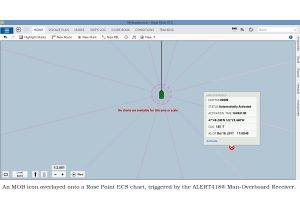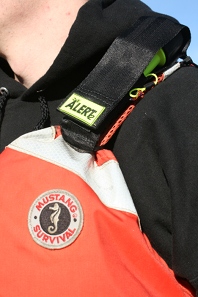man-overboard information

COLD WEATHER COMPOUNDS MAN-OVERBOARD SITUATION
Whether on deck or shoreside, frigid weather is fatiguing and increases the chance of falling,…

University Readies Its Ships Against MOB Incident
Safety is important on any boat, even more so when scientists and inexperienced students are…

Man-Overboard Transmitter Becomes the New Standard
Emerald Marine Products announces the release of the ALERT418™ Man-Overboard Transmitter. Made in the USA,…

ALERT2 Man-Overboard Alarm System™ versus AIS
There is a lot of hype about an AIS (Automatic Identification System) device as being…

When Mere Seconds Count
There are a dozen products on the market that are identified as fall-overboard locator beacons.…

Further Enhance Your Crew’s Safety
As the United States Coast Guard invites people involved in the Commercial Fishing Industry to…

The Value of ALERT2 Man-Overboard Alarm System
30% of all marine fatalities on United States Coastal Waters were from a fall overboard*…
Coast Guard Releases Towing Industry Safety Data from 1994 – 2014
In 2014 there were four crew fatalities, which is the lowest number on record. Three…

Though AIS Is Required, It May Not Be the Best Solution for Your Safety
The ruling, “Vessel Requirements for Notices of Arrival and Departure and Automatic Identification System” becomes…

Why Is a Water Rescue Training Dummy Named Oscar?
For over one-hundred and fifty years, vessels worldwide have used flags to communicate important messages…
